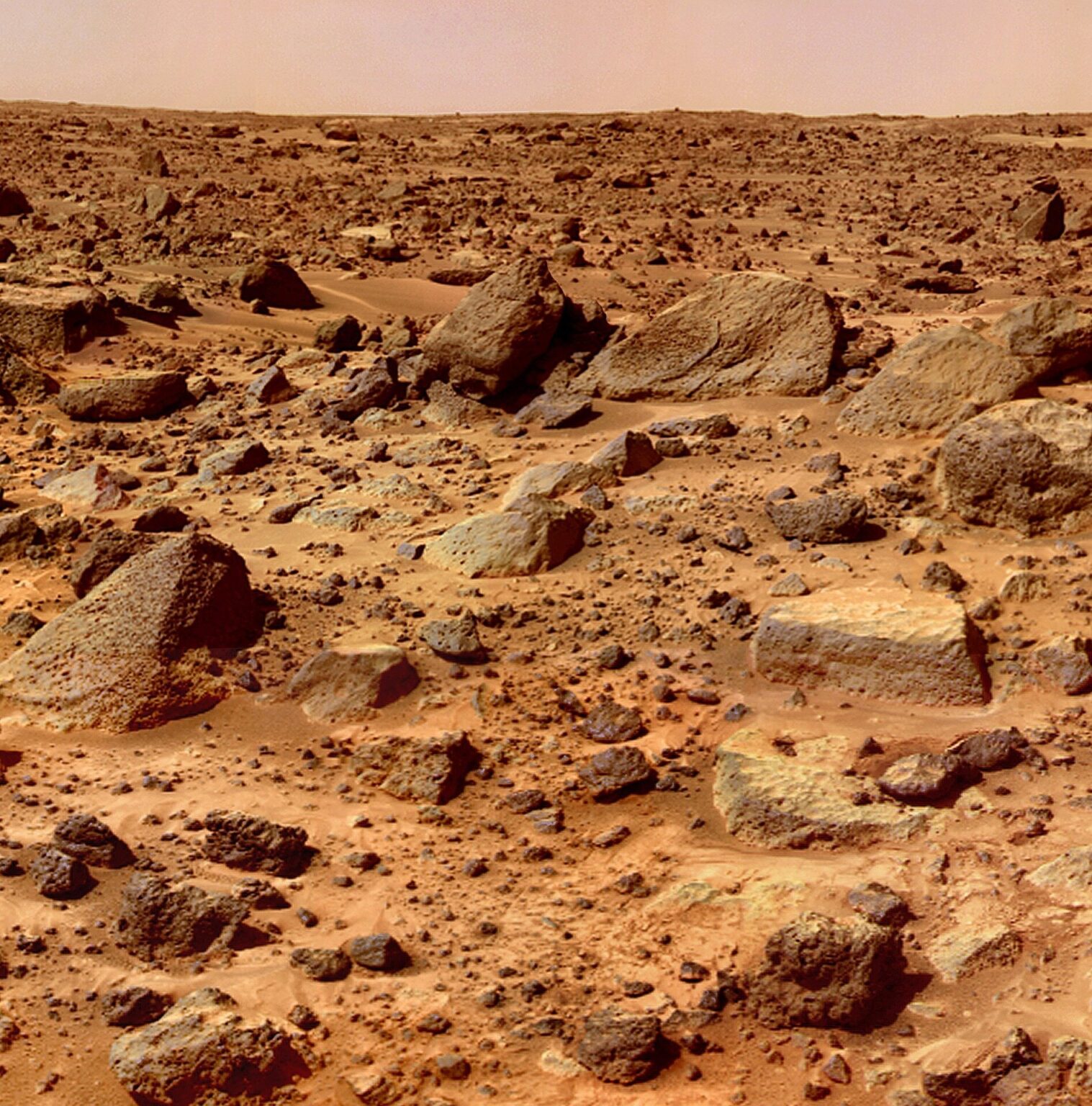In the United States, there is a debate about the future mission, which should return to Earth samples from Mars, which are now being collected by the Perseverance rover. Their research is provided for by the already adopted program, but now it is threatened by a reduction in funding.

Does the United States have enough money for Mars?
The return of soil samples from Mars to Earth is one of the main priorities of NASA’s research program. It is believed that it can provide an answer to the age-old question of whether life once existed on the red planet. The Perseverance rover, manufactured by the Jet Propulsion Laboratory in Pasadena, California, is already collecting and preserving these materials. However, this ambitious program may fall victim to budget cuts.
Now the discussion of this issue is actively underway in the US budget. Interestingly, the split line is regional, not partisan. California lawmakers who support work on the Mars Sample Return program at the Pasadena complex are opposing supporters of the sprawling Goddard Space Flight Center in Maryland and Virginia.
The mission to Mars also faced another problem: according to the analysis of experts, it will take longer than previously thought. NASA is preparing for the worst. Last week, the Jet Propulsion Laboratory announced massive layoffs — 8 percent of its workforce. The step follows NASA Administrator Bill Nelson’s indication that the agency should prepare to commit USD 300 million to the Mars project in fiscal year 2024, as proposed in the Senate bill on trade, justice and science spending.
The future of the Mars Program is one of the important decisions facing U.S. lawmakers as they negotiate the final bill on trade, justice and science. This event has a deadline of March 8th.
How to deliver samples from Mars
Congress has already allocated USD 1.74 billion to the Mars exploration program, which the latest once-every-decade survey of planetary scientists called the highest priority of NASA’s robotic exploration.
But the task of returning samples to Earth is really difficult. It assumes that the Perseverance rover will deliver materials to the landing site in the form of a bug the size of a garage. It will have rocket engines that will be able to put it into orbit. Next, they are supposed to get on board the orbital module, which will return them to Earth in 2033.
The program is one of the most challenging missions ever carried out by NASA. Within its framework, the first-ever launch of a spacecraft from another planet should be carried out, as well as the first docking in its orbit.
NASA’s independent review board published its report in September. Experts concluded in it that the program would cost between USD 8 billion and USD 11 billion, with “almost zero probability” of meeting the interim launch deadlines. That is, no one even knows approximately when any of the elements of the mission will be ready, and it is simply impossible to create some kind of schedule.
The agency is now “evaluating future program options” in connection with the current budget environment, Washington said. An internal assessment is currently underway, and recommendations will be provided at the end of March.
How much money will be allocated to bring samples from Mars?
The Mars Program and NASA as a whole are already facing budgetary pressures. Due to the spending restrictions in last year’s last year’s debt limit suspension law, the Commerce-Justice-Science Bill for fiscal year 2024 will almost certainly face cuts compared to last year’s version. The bills of both chambers were included in the adopted budget level for fiscal year 2023 in the amount of USD 84.2 billion, with the Senate bill amounting to USD 83.5 billion and the House bill — USD 81.5 billion.
The White House sought a significant increase in NASA funding to USD 27.2 billion. But in the bill of the House of Representatives, NASA allocated only USD 25.4 billion, that is, in fact, everything remained at the level of 2023. The Senate, seeking to protect other funding priorities, would cut NASA’s budget even further, to USD 25 billion.
Maryland and Virginia lawmakers are backing the Senate’s lower figure as they want to free up more money for projects benefiting Goddard, Greenbelt, Maryland-based company that operates the Wallops Flight Facility on Virginia’s east coast.
What do the Senate think?
Initially, the senators in their bill on trade, justice and science ordered NASA to curtail the program if it turns out that it will not be able to reach the target of 5.3 billion dollars. However, at the July meeting of the committee, amendments were made to the initial draft of the committee’s report to provide an opportunity to shorten or rework the program instead of simply canceling it completely. If the US space agency decides to cancel the Mars mission, the Senate appropriations will direct most of the funding to an even more pressing need — the Artemis program.
If this happens, the lunar program will receive an additional USD 235 million. And that’s not bad, because it really is the most important thing NASA is doing right now. However, getting an answer to the question of life on Mars will have to be postponed indefinitely.
According to phys.org
Follow us on Twitter to get the most interesting space news in time
https://twitter.comne/ust_magazine


